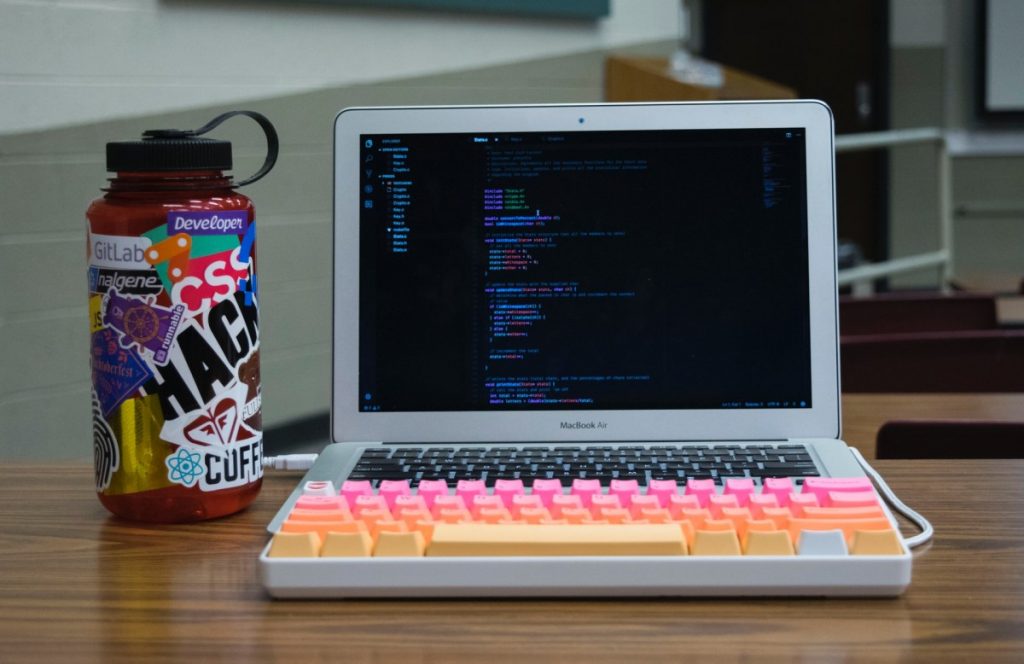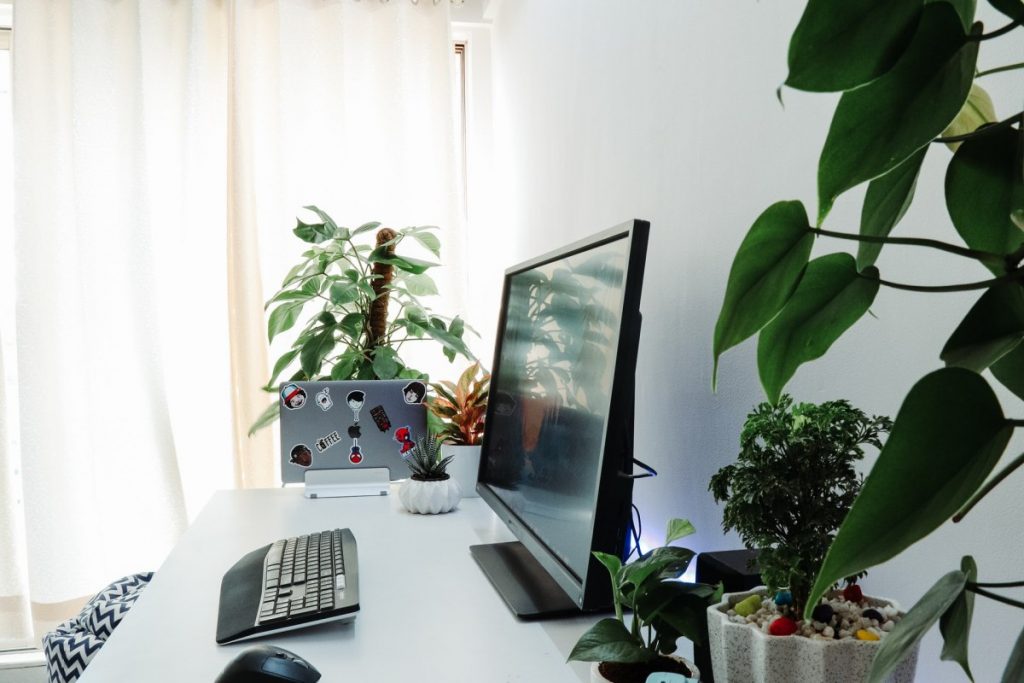Want to stay productive working from home? You’re not alone.
Recent global events have only accelerated what we saw across several predictions and studies: that remote work and working from home would soon be a new normal for the majority of the labor force.
However, because the shift to remote work was so sudden because of the rapid spread of COVID-19, many employers might not have been able to help their employees transition seamlessly for work from the office to work from home.
In this post, we talk about several challenges that people often face when they work away from the office. And later, we’ll discuss some of the best tips to help you stay productive working from home.
Challenges with working from home
Part of becoming more productive when working from home is understanding any current or potential challenges that remote workers often face. When you can foresee or identify any problems that hinder your ability to stay motivated or keep morale high, you’re able to implement the necessary changes you need to set yourself up for the most productivity in a day.
Distractions
When you aren’t in the same workspace as your managers or co-workers, distractions can tend to prevail at home.
It becomes easier to succumb to common distracting apps like social media or even entertainment sites like Netflix or Amazon Prime. Because you don’t risk anyone seeing you indulge in any time-wasting apps or sites, you might not have the safeguards in place to set clear work-life boundaries to ensure you do quality work during the times you said you would.
Real-life interruptions
When you now work from home, you may encounter several interruptions to your work that normally wouldn’t have occurred in your office. Things like doorbells ringing, noisy pets, and even kids who are also now stuck at home can interfere with your ability to do quality work for sustained periods.
Prioritizing projects and tasks
When you work from your office, colleagues and bosses can often come in and tell you which deadlines or projects require your attention. Sometimes you might even work on these tasks and projects together, or discuss things regularly throughout the day that would help you prioritize your work.
Working from home means being more accountable to yourself, especially as everyone adapts to things like asynchronous working or flexible arrangements. Because of this, prioritize which tasks or projects deserve more time or energy can pose as a challenge.
Feeling lonely
Loneliness is a commonly-reported issue reported by remote workers – and because so many people now have to deep-dive into this new normal, they may have to deal with these feelings as well. It can be a huge productivity-killer for workers to experience sad or negative emotions, especially ones they didn’t have to deal with in the past when they were surrounded by co-workers.
How to stay productive working from home

Now that you’ve seen some of the most common challenges you might face when trying to accomplish your projects and tasks from home, you can look into these top tips to stay productive working from home.
Optimize your to-do list
Ditch the long laundry list of to-dos and commit to a more optimized, streamlined way of writing to-dos for the day or week. We recommend using the 1-3-5 to-do list technique, but you can always find variations that work better for you.
At the start of your work day, you can simplify your to-do list by only focusing on tasks you want to work on for the day. Or if you prefer, you can create a list of things to accomplish for the next day during the end of your shift.
Adding deadlines to tasks can also help you foresee which tasks might require immediate attention, or which tasks you’re able to take off your list in the meantime.
If things get added into your to-dos throughout the day, simply weigh their urgency. Can it wait a few hours or even days? If yes, decide on a day to work on it. If not, you can reorganize your to-dos to mirror your shifting current priorities.
By approaching things from this task-based, more optimized perspective, you can prioritize and weigh deliverables accordingly. This becomes harder to do if you have a long list of unorganized tasks that never seems to end, so keep those to-do lists smart.
Use the Pomodoro technique to stay focused
Focusing on work can be a challenge when the boundaries between work and home are blurred. To help you develop better focusing skills, use the Pomodoro technique to help you keep your focus on one task at a time.
When it comes to mastering your time, your ability to focus on tasks and complete them in a timely way can make or break your productivity. That’s why the Pomodoro technique works so well to solve that problem.
Using this technique, you can commit to doing 25 minutes of quality deep work before taking a short, typically 5-minute break. During this break, you can do whatever you need to get ready for your next Pomodoro.
You repeat this process of 25 minutes of work then 5 minutes on a break 4 times – by then, you would have completed nearly 2 hours of focused and uninterrupted work, which can motivate you to keep going to complete more Pomodoros in a day.
Work using do not disturb mode
We mentioned in the previous section how detrimental distractions can be for your productivity. For one thing, they can break your focus, and it takes a long time before you can get back into that state of flow.
A study by the University of California Irvine showed that it takes about 23 minutes to recover from a distraction – 23 minutes that could have been used to progress a task significantly or complete one entirely.
And a common distraction for the modern employee often comes in the form of notifications that spring up on their phones or computers. Just try to reflect on the number of notifications or emails you might get in a day – that’s the potential number of distractions you’re bound to face.
As a quick fix for distracting notifications, work using Do Not Disturb mode on your phone and computer. This is as easy as toggling a switch on your device, but you may need to set it up first if you want to let important things through, like notifications from specific contacts who call or specific apps like reminders and calendars.
Keep your workspace tidy
A tidy workspace can help you flow into work better, as well as give you better access to all your work needs and materials.
Just imagine all the time you’d save if you didn’t have to rummage through disorganized files or folders, or if you didn’t have to look for chargers underneath your things, or if your desktop weren’t cluttered with different files and downloads you haven’t put in proper places.
Have a management system in place for your workspace at home. Use magazine holders and accordion folders with labeled tabs to keep papers or reports. Your computer files also count as your workspace, so be sure to keep things in the right folders for faster access.
Incorporate stretching and walking into your breaks
Take time in your breaks to walk away from your desk for a while. One way to stay motivated throughout the day is keeping your body moving, so taking a stretching or walking break to ease sore or cold muscles can make a big difference.
This can keep your productivity high all day, and is even shown to have multiple health benefits. To keep you accountable, try following short stretching videos online or practice a few yoga poses to stimulate your brain and body.
Another way to incorporate walking and stretching into your work day? Taking calls and meetings while standing, stretching, or walking.
Stay hydrated

Keeping hydrated has several benefits for your mind and body, one of them being the long-term benefit of keeping us healthy and fit for work. Dehydration can cause ill effects like recurrent migraines, lack of concentration, and even feelings of tiredness.
While it may be easy to forget to take sips of water throughout your work shift, one easy way to remind yourself to drink water is by keeping a glass or cup of water in front of you while you work. This also ensures you hydrate more regularly, as having water in your sight can cause you to instinctively reach out and take a sip even when you aren’t feeling thirsty.
Avoid working from bed
Having a productive workspace is a key part of staying productive at home. So this makes it important not to take your work to areas where you normally wouldn’t associate with work, including and especially your bed.
This boils down to mental associations our brains make with things we’re already used to. Because you spend most of your time in bed sleeping or possibly scrolling on your phone or resting, you unconsciously associate your bed with rest and won’t be as motivated to show up and work.
On the other hand, getting used to working from bed can also have its own negative repercussions. For one thing, you might find it more difficult to relax or fall asleep after training your brain to work while in bed. So keep a clear boundary between your work area and your bedroom.
Bring nature in

Working from home might be keeping you from walks outside, even if it was simply your commute to and from the office. This might mean you’ve gotten less exposure to the wellness and productivity benefits people typically associate with nature, like trees on your block or the large plants you have in your office.
One fix for this is keeping house plants in areas around your workspace, preferably somewhere within your peripheral vision. If you can, keep small plants on your desk or beside your computer, but large potted plants can be put near windows beside your work table.
You can also bring the power of nature to your workspace with supplements and plant-based stress-relief aids, like CBD oils or all natural nasal inhalers that are known to help alleviate tension and stress from the body.
Make it inconvenient to access distracting sites
Another way to make sure you keep distractions during work hours to a minimum is to make it inconvenient to access these distractions in the first place.
This can be as easy as logging out of your social media accounts and entertainment accounts. Because you have to take a few extra moments in your day to keep logging in, you ask yourself whether you really want to check a site like Facebook right now or if it can wait.
If your phone is a cause for more unproductive habits than you’d like, consider putting it inside a drawer while you work or in another room altogether.
Automate as much as possible
There are a few tasks you probably can avoid doing over the course of time, so here’s where automation comes in.
Look at different repetitive things you can hand over to automation tools, so you can eliminate them from your own to-do list and reserve your energy for things that require more effort and mental work.
This could mean investing in tools to help you carry out tasks or investing in tasks that promise to make you run things more productively in the long run.
For example, let’s take a self-employed lawyer running his own practice. If a lot of his time is spent on trying to generate leads, one thing he might be able to do is invest time implementing some SEO strategies for law firms to rank on Google and get discovered by prospects organically.
Of course, if these strategies are new to said lawyer, he might benefit even more by enrolling in online classes or training to learn SEO – he might end up wasting more time trying to figure it out on his own, when it would have been more productive to learn from proven sources and classes from the get-go.
Make time for fun and hobbies

Finally, what you do outside work can play a role in your productivity in the long term. So make time for things that matter to you, like hobbies or passion projects or time with friends and family.
If you work from home, it’s easy to always be “on” – or always wanting to work or check email. Curb these tendencies by spending time on other meaningful things in your life, so you can show up for another day of work feeling more motivated and rested.
Related Article: Productivity Hacks: How to Be Productive at Work and Life
Be more productive at home
Staying productive working from home can be a challenge for anybody, but it becomes easier when you have the right strategies and safeguards in place. Use the list above to find the productivity strategies that work best for you, and soon you’ll be able to complete more work in a fraction of the time.
About The Author:



